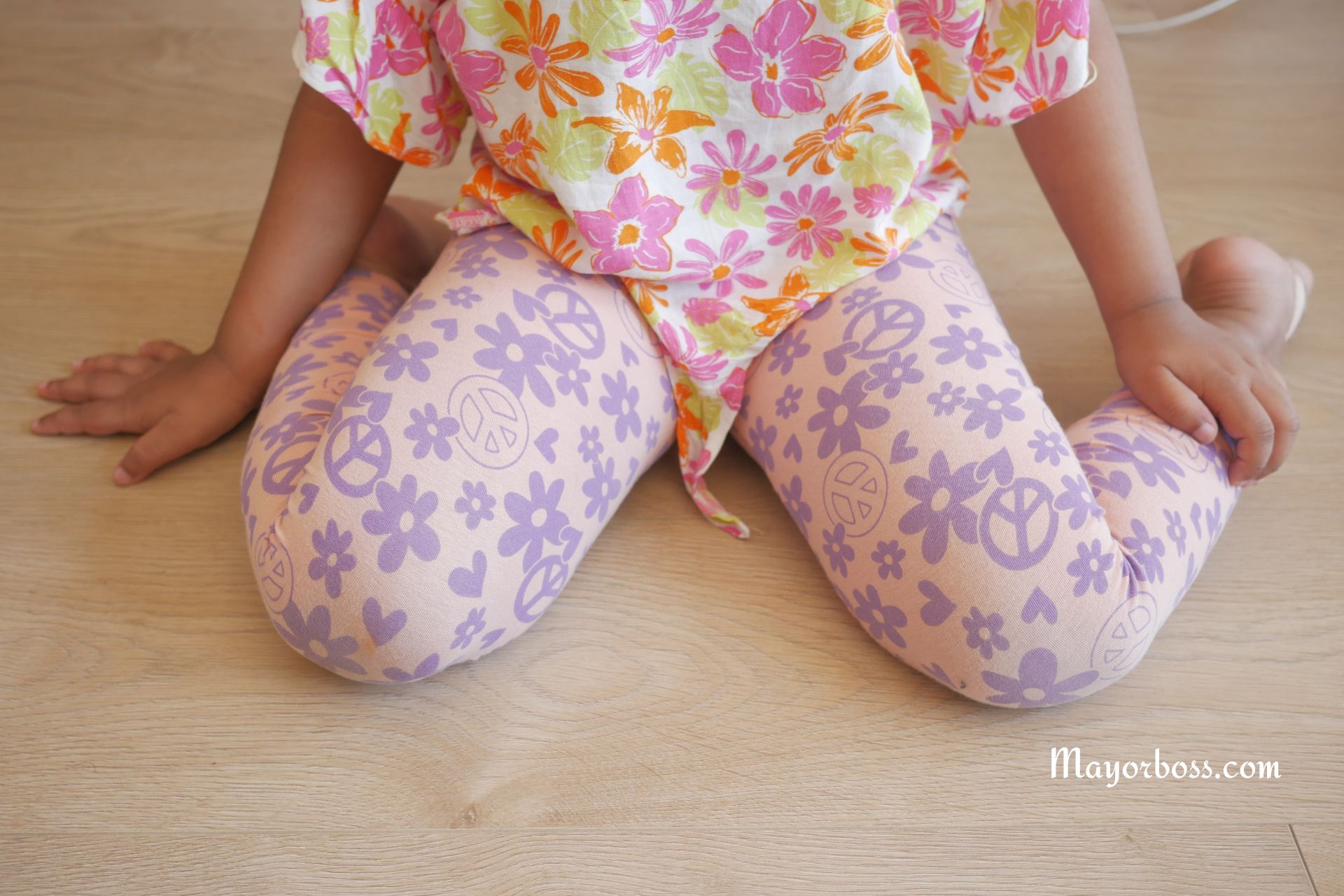You Should Never Let Your Kids Sit in the “W” Position. Here’s Why
When you see children playing on the floor, they often sit in various positions that might look uncomfortable to adults but are perfectly natural for them. One common position you might notice is the “W” position, where kids sit with their knees bent and their feet positioned outside of their hips, forming a W shape with their legs. While this might seem like just another harmless sitting posture, experts advise against allowing children to sit this way for prolonged periods. Let’s break down the reasons why the “W” position is not recommended for kids and what you can do instead.

The Risks of the “W” Position
Joint and Muscle Development
Sitting in the “W” position can put unnecessary pressure on the hips, knees, and ankles. Over time, this can lead to orthopedic problems or delays in developing proper balance and coordination skills. Essentially, it doesn’t challenge their muscles and joints to balance their body in the way other sitting positions do, such as cross-legged or legs to one side.
Core Strength and Posture
Moreover, the “W” position can hinder the development of core strength. When children sit in this position, they are not engaging their core muscles to keep themselves upright. A strong core is essential for good posture, efficient movement, and overall physical health. Without developing these muscles, kids might face issues with poor posture or back pain later in life.
Motor Skills Development
Furthermore, sitting in the “W” position can impact a child’s motor skills development. This position offers too much stability and doesn’t encourage movement or shifting of weight, which are crucial for fine-tuning motor skills. Kids need to explore different movements to develop agility, balance, and coordination, which this sitting posture does not promote.
Encouraging Healthy Sitting Postures
As a parent or caregiver, you play a vital role in encouraging healthy sitting positions. Here are a few strategies:
- Educate and Redirect: Gently encourage your child to shift to a more supportive position if you see them sitting in the “W” shape. You can teach them to sit cross-legged, with legs straight out in front, or to sit on a small stool or chair that supports proper posture.
- Strengthen Core Muscles: Engage your child in activities that strengthen the core muscles, such as swimming, gymnastics, or simple floor exercises like “superman” poses or “plank” holds.
- Monitor Sitting Time: Ensure your child doesn’t sit in one position for too long. Encourage taking breaks and moving around to promote flexibility and muscle development.
- Provide Supportive Seating: For activities like reading or drawing, provide seating options that support good posture, such as a table and chair set appropriate for their size.
Frequently Asked Questions
1. Is it ever okay for my child to sit in the “W” position?
Occasionally, sitting in the “W” position is not likely to cause harm. The concern arises when this becomes a habitual sitting posture, especially for long periods.
2. What if my child prefers sitting in the “W” position?
If your child prefers this position, it might be because it feels more stable for them. Encourage other sitting positions and strengthen their core muscles to help them feel comfortable in other positions.
3. Can sitting in the “W” position lead to long-term problems?
Prolonged sitting in the “W” position can contribute to orthopedic issues and affect posture and motor development. However, with encouragement and practice, children can learn to adopt healthier sitting positions.
In conclusion, while the “W” position might be a natural choice for many children, it’s essential to encourage various sitting positions to support healthy physical development. By being mindful of the way your child sits and promoting activities that strengthen their core, you can help them develop better posture, stronger muscles, and more refined motor skills.
